The Osprey: Commercial Fisheries Affect Columbia River Chinook Size and Age Classes
It’s no mystery that the ocean is a mysterious place, largely unexplored despite our advanced technology. But the sea does give up some of its secrets — most recently living sponges beneath an Antarctic ice sheet, a fluorescent shark and mammoth tusks 10,000 feet down on the ocean floor.
When it comes to salmon and steelhead, despite a plethora of research, much of their activities at sea remain a mystery as well. For anadromous fish, natural ocean cycles and conditions play a major role in the health of various runs, often cited by fisheries managers — especially when returns are poor. But there is much more going on beneath the ocean’s surface that is a direct result of human activities and fish management policies that are often detrimental to salmon and steelhead. Like salmon and steelhead, The Osprey also spends its share of time at sea in the service of wild fish conservation.
ALSO IN THIS ISSUE
• CONSERVATION BY GEAR, METHODS AND SEASONS
• SALMONBERRY RIVER DATA COLLECTION PROJECT
• BIG BENEFITS FROM SMALL DAM REMOVAL ON THE CLEVELAND NATIONAL FOREST
In recent years, The Osprey has researched and published articles on many ocean management issues and policies that have direct, and often negative, impacts on wild salmon and steelhead. These have included the effects of Atlantic salmon farming off the coasts of British Columbia and Washington State on juvenile wild Pacific salmon and steelhead, as well as the farms’ detrimental influence on the forage fish that make up an important component of the salmonid diet. We have also investigated and critiqued British Columbia’s less than genuine attempt to close some of its commercial ocean salmon fisheries as well as sounding the alarm over the mas- sive numbers of hatchery pink salmon being loosed upon the North Pacific Ocean ecosystem.
In this issue, The Osprey has put out to sea again with a cover story by researchers Ed Wickersham and Jack Tipping detailing how ocean fisheries — and particularly the troll fishery in off the coast of Washington State — is resulting in smaller, and younger, spawning ages for Columbia River Chinook salmon. Columbia River spring Chinook are a critical food source for the declining Southern Resident orca population, and the troll fishery is almost certainly negatively affecting recovery efforts. Currently, five Columbia/Snake River basin Chinook salmon runs are listed under the federal Endangered Species Act.
The Osprey will continue its metaphorical sea voyages through the research and writing of scientists and others who are working to peel back the secrets of sea-going salmon and steelhead so that we can ensure that they prosper during that critical stage of their life histories.


